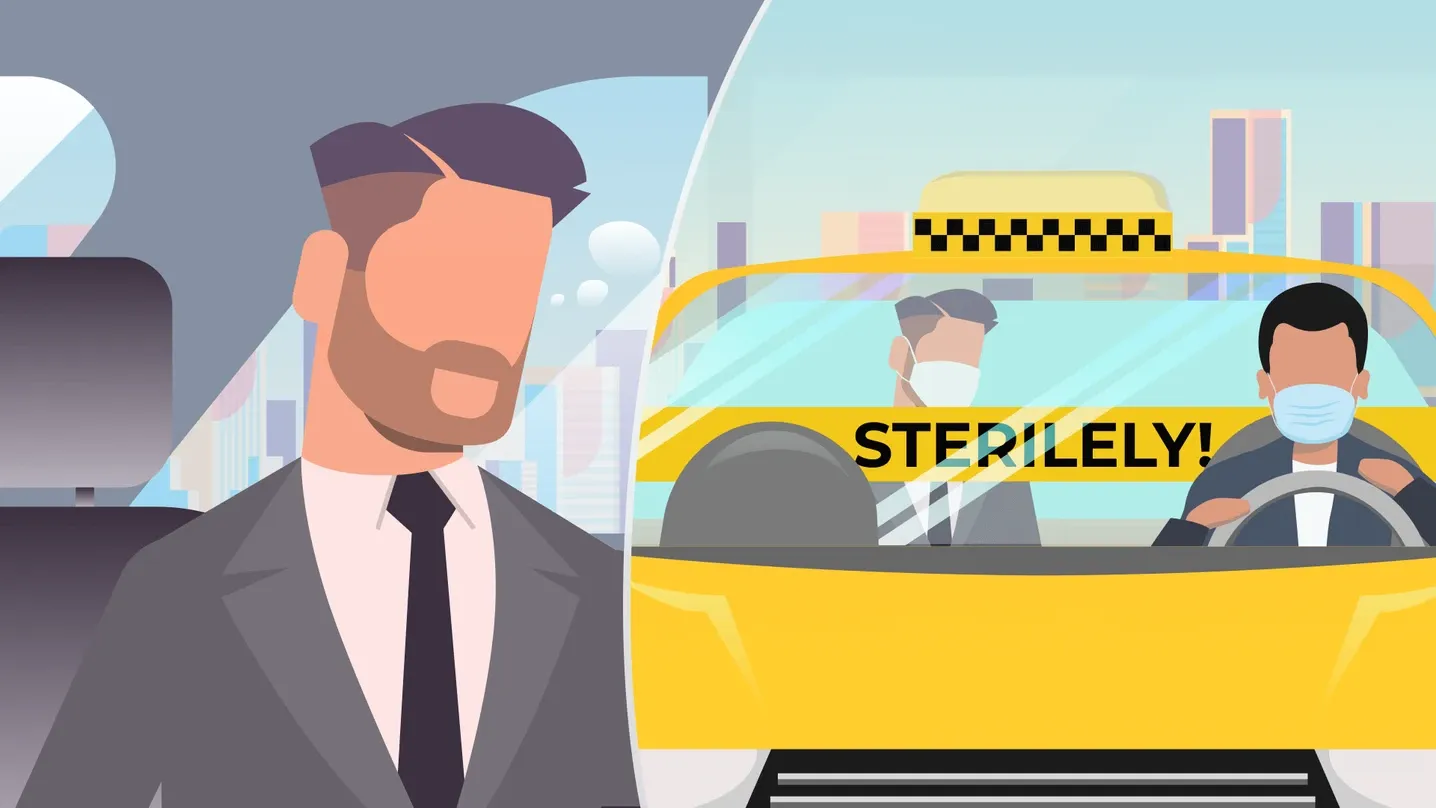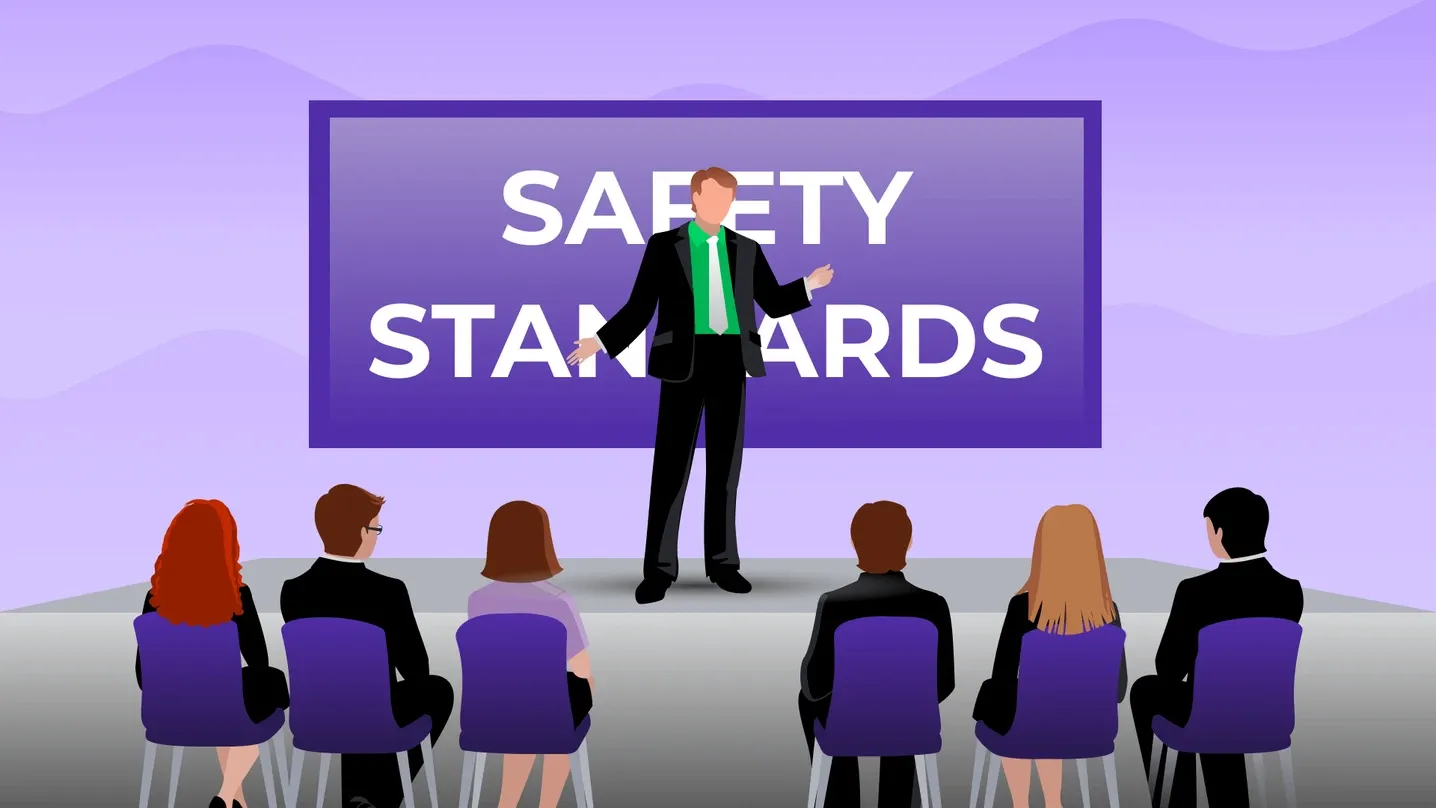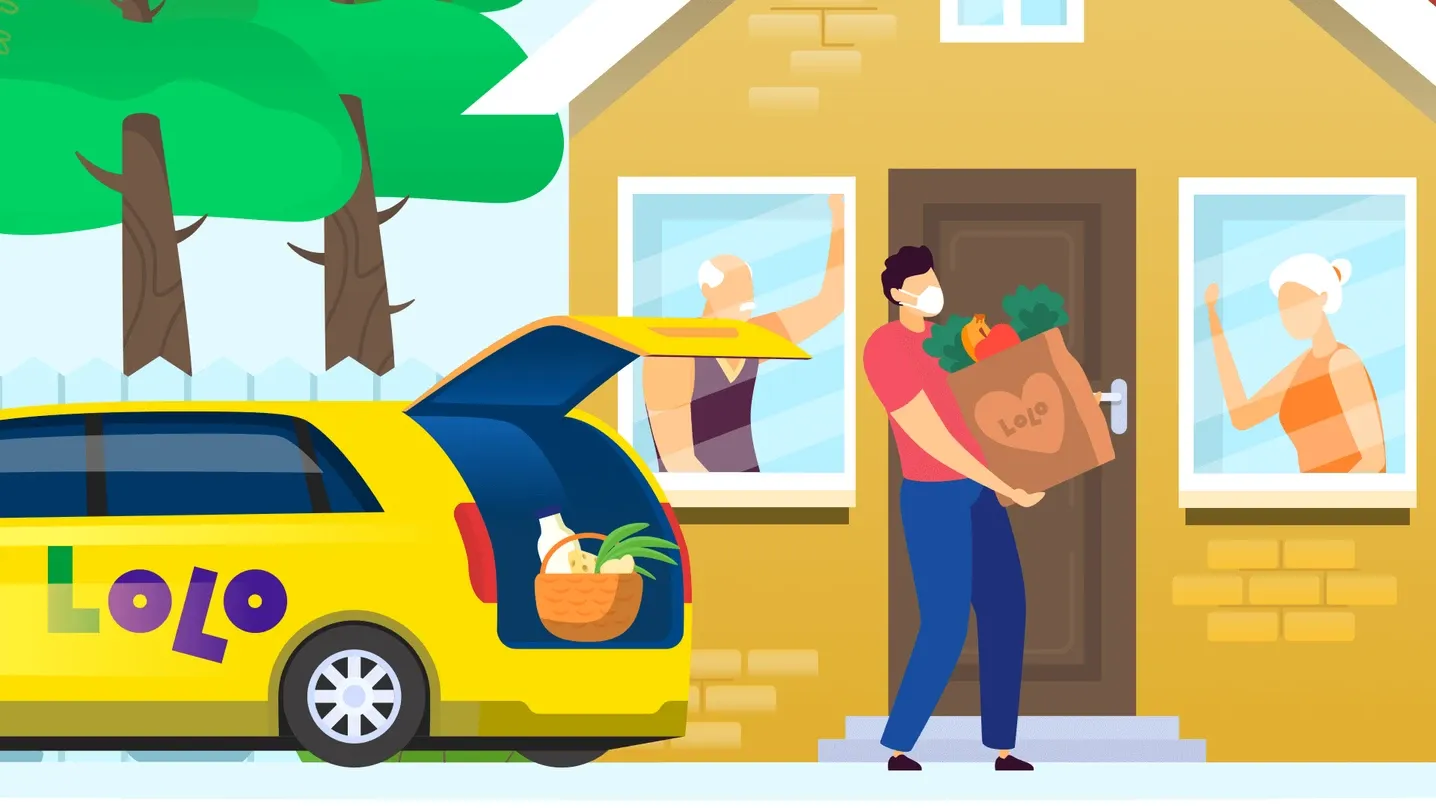Business recovery plan for ride-hailing companies

Business continuity and recovery plan outline how your company would proceed with operations in case of emergency, be it a cyberattack, a fire, or a pandemic, and after it.
So let’s talk about recovery planning for ride-hailing companies. What needs to be done after the pandemic? How do you get back on track again?
The impact of a pandemic is far greater than that of a day's electricity outage. However, the recovery strategy begins with a business impact analysis. If you do it right, your business will survive any calamity, from a cyberattack to COVID-whatever-it-will-be.
Creating a consistent disaster recovery plan is all about three things:
📊 business impact analysis,
🤓 knowing your customers,
🕵️ watching global and local trends.
Thinking of business recovery planning for the specific case after the pandemic, we start with the customers and their needs.
Recovery plan starts with analyzing your customers
The goal here is to know your customers better. Even better than before the COVID-19 emergence. It’s the right time to learn something completely new about them.
The first question is this: have your customers’ needs changed during the crisis? If yes, how?
Is there anything about your services you need to do differently? What new customer needs have emerged during the pandemic? Which new services’ values do they expect?
There are two ways to find answers to these questions.
- Conduct brainstorming sessions (make sure business owners and core team members are present) and drivers
Drivers bring in everyday insights they get from communicating with clients, while management takes care of strategizing and decision making.
- Ask the clients directly
Do not assume anything about how people feel. Ask them well-planned questions to get to what they really think. Use social media and online questionnaires. Avoid using people’s direct contact information they provide — this is often seen as impolite and annoying.
The results of your research and brainstorming you can use to develop new service standards, new service types, ideas for collaborations with other local big or small businesses.
Anything born as a post-crisis measure or service should reflect and satisfy the customer's particular needs.
Focus on safety — global trend after COVID-19
After the pandemic, the role of safety will become more crucial than ever before. This is definitely the trend to follow all through 2021.
Safety is now and will stay the top-priority customer’s need. Make sure your business can provide it. How to do this?
- Review your service standards
If there was a business interruption during the lockdown, you’ve probably done this already. Make sure the cars are equipped for the safety of both passengers and drivers. Provide hand disinfectants, limit the number of passengers in the cars.
- Train your employees and drivers

Tell them everything about the new safety regulations and make sure they will follow it. If your company has a human resources team, this is a nice job for them. Otherwise, consider outsourcing specialists to do the training.
- Promote your new approach with digital ads and PR activities
First of all, extra publicity is always good for a brand. In this case, you also communicate something valuable to the customer.
Meaningful brand = sustainable business

After a natural disaster or any other sort of calamity, people remember brands that have made something real during the hard times. Plus, the social responsibility of companies becomes a natural way of doing business, not only during crises.
The bottom line is: just “playing with logos” isn’t enough to support the local community. Stick to real, actual help.
- Use your ride-hailing platform for charity projects. Onde has launched #OndeForGood, a grocery delivery service for people who couldn’t leave their homes during the COVID-19 peak. Here, you can find some more ideas on how to launch a socially-responsible initiative.
- Work together with businesses and nonprofits. Together, we can do more. For instance, #OndeForGood is a collaboration with the Red Cross. What organizations do essential work in your area? Can you contribute to their work?
Be prepared for the future

Point taken, 2020! Life is unpredictable. A ‘black swan’ can appear and change everything. Use the lessons from 2020 as a starting point for a business recovery plan.
Get together with your management team and brainstorm: what can your company do to get back on track? Here are some ideas for ride-hailings to restart after a business interruption.
- Business diversification as additional revenue source
Peer-to-peer courier service, featuring partner access for retail hotspots and restaurants, delivery, corona-free bike-sharing… As the situation changes, people’s needs change. React to it.
- Financial safety
Having the company’s money invested in safe stock helps to survive the recession and invest in business renovation activities. How will you do this? How much does your company need in the recovery fund?
- Financial model (profit & loss) review
Make decisions on your cost-saving strategy. Which unnecessary spendings are to reduce first if a calamity happens? For example, negotiate rent costs with your tenant, or give up renting an office space altogether. Or cancel massive outdoor marketing activities and focus on digital marketing instead.
Marketing budgets are often the first victim of cost-saving measures. But consider this: your competitors will do the same.
If you don’t sacrifice your marketing activities altogether, there’ll be an opportunity to gain more recognition. If a brand is silent, people think it has failed. No need to promote ride-hailing services during a lockdown, of course, but how about courier services? Or social projects? The publicity you’ve created during the crisis will work for brand credibility when the crisis is over.
- Avoid additional credit load
Any economic recession is not a proper time for taking money from banks and other credit organizations. Think over how you can avoid loans for the time being.
- Adjusting business operations
Maybe your dispatchers can work from home? Or maybe you don’t need that office space you’re paying a lot of money for. Think about it, and make it a part of your business continuity plan.
Prepare for increased demand
After the crisis, when everybody’s busy going back to normal, there’ll be more competition than ever before. Your competitors might be faster in it.
There’s also a significant change in people’s behavior to take into account: thanks to the lockdown, everyone’s using smartphones and apps more than ever before. It gives more opportunities for brands to keep in touch with clients and prospects online.
- Check your driver base. Do you still have enough registered drivers ready to work? Are they well-trained? Are they ready for the new safety regulations? Plan driver acquisition campaigns in advance if you need to attract new drivers.
- Make loyal clients your #1 priority. Re-engage your existing customer base with coupon programs, push notifications announcing new services, and relevant digital ads.
- Keep up digital marketing, but spend carefully. Now people are using more mobile devices, monitor cost per install, return on investment of the ads you launch, and the number of orders you get from every new install. Also, track and your active rider base growth. Stop the ads that aren’t working well.
- Maintain app store visibility. When the lockdown’s over, people will actively search for ride-hailing apps again, happy to leave their homes. Your app needs to be very well visible in the stores, be at the top of the search results.
Embrace optimism as the new normal
The COVID topic has exhausted us all. Adjust your content to help people feel more safe and comfortable even though the situation is still unstable.
- Make your ad campaigns and creatives optimistic, enthusiastic. Try to avoid direct reference to the pandemic. Speak to people about their values, not their fears.
- Partner with other brands and influencers your clients love. Which ones do they associate with happiness and joy? Share your promo codes for a ride on products’ packaging, in local newspapers, magazines, on local radio.
Consider your team members as main resource
Your employees are the most valuable asset you’ve got. Their loyalty and creativity can get a company through a tough post-crisis recovery.
A crisis is a perfect time to headhunt. Many talented people lose their jobs. It’s sad, but it’s a great moment for you to hire them as operations managers or loyal drivers.
Another important thing is to keep your team motivated. A warm team-building event (even if happening online), an inspiring email full of hope and gratitude — you know what makes your team happy. Reducing driver fees for some time will be a nice gesture — your drivers will appreciate it a lot.
Summing up
After the pandemic of COVID-19, it’s time for ride-hailing businesses to think of recovering their operations.
It’s easier to get back on track when you have a business continuity plan in case of emergencies. If you don’t, it’s time to brainstorm and create one.
When thinking of restarting your business operations, consider how the customer’s needs and interests may have changed. Follow global trends. Don’t sacrifice your marketing budget. Good luck.
